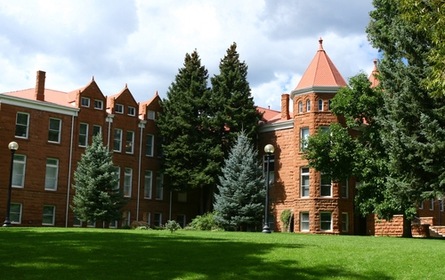Northern Arizona University Deploys Nexenta NexentaStor
To process big data like genome maps, Landsat images and complex chemistry data sets
This is a Press Release edited by StorageNewsletter.com on July 18, 2016 at 3:19 pmNexenta Systems, Inc. announced Northern Arizona University (NAU) has deployed its NexentaStor to handle the extensive datasets involved in research conducted at the university.

NAU faculty and graduate students are renowned for their research in astronomy, bioinformatics, computational chemistry, cropland mapping, human microbiome analysis and microbial genomics-all generating big data items such as genome maps, Landsat images and complex chemistry data sets. As these data sets grew over the years, they exceeded the capacity and compute power of NAU’s individual research labs, so the HPC team led by research administrator, Christopher Coffey, centralized compute and storage to better assist researchers with their work.
Coffey said he reviewed a variety of storage options, including SAN-based RAID systems, and roll-your-own ZFS solutions. His goal was to find one complementary to the university’s existing HPC system, which consists of Dell servers and Mellanox’s IB/Virtual Protocol Interconnect (VPI) switches with Connect-X3 cards.
“No other option we looked at surpassed Nexenta’s features, flexibility and ZFS support,” said Coffey. “Since implementation of the NexentaStor appliance, it’s been hands off, requiring minimal maintenance, which is a big deal for us.“
NexentaStor delivers archival/intermediate storage with compression, and achieves petabyte-scale active archives. Its snapshots capability enables the retrieval of original or lost files locally via NFS and Server Message Block (SMB) object services from around the campus. In addition, the system removes the need for prep steps prior to moving data into place for analysis.
Coffey says he and his team value the compression achievable from Nexenta’s solution because they’re saving money by reducing the footprint of the datasets. The virtual nature of the SDS extends the purchased physical storage beyond what is ordinarily possible, according to Coffey.
“Large research universities epitomize today’s diverse, complex and performance-intensive organizations that crave IT systems with storage built to flexibly respond to any scenario, including unforeseen changes,” said Tarkan Maner, chairman and CEO, Nexenta. “NAU’s HPC team chose Nexenta because our approach to SDS meets their needs today and exceeds their expectations going forward.“













 Subscribe to our free daily newsletter
Subscribe to our free daily newsletter
